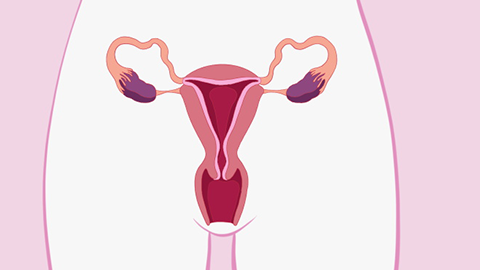Can rotating a hula hoop cause uterine prolapse?
Generally speaking, whether hula hooping can cause uterine prolapse depends on individual physical condition and exercise methods. Those with weak physical condition or improper exercise may face risks, while those with good physical health and correct exercise techniques are less likely to experience such issues. If concerned, it is recommended to consult a healthcare professional in advance. Detailed analysis is as follows:

If you already have pelvic floor muscle laxity—for example, due to incomplete recovery after childbirth, multiple deliveries, declining muscle elasticity from aging, or conditions such as chronic coughing or constipation that increase abdominal pressure—the vigorous waist movements and sustained increase in abdominal pressure caused by hula hooping can place additional strain on the pelvic floor tissues, possibly causing the uterus to shift downward and lead to uterine prolapse. Excessive intensity or duration of exercise can also exacerbate pelvic floor muscle fatigue, further increasing the risk of prolapse.
If you are in good physical condition with sufficient pelvic floor muscle strength and practice hula hooping correctly, controlling the intensity and duration of the exercise and avoiding excessive increases in abdominal pressure, uterine prolapse is unlikely. For example, performing pelvic floor muscle exercises before exercising can enhance muscular support. Limit each session to less than 20 minutes and avoid exercising immediately after meals. This way, you can achieve fitness goals while protecting the pelvic floor tissues and reducing the likelihood of uterine prolapse.
Choose a hula hoop with an appropriate weight and control the intensity and duration of the exercise. If you experience discomfort such as abdominal heaviness or pain during exercise, stop immediately and seek medical advice.





